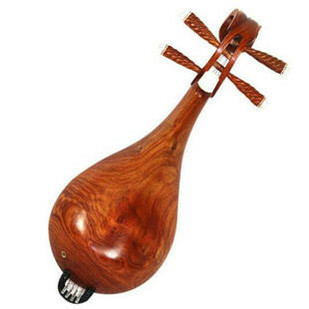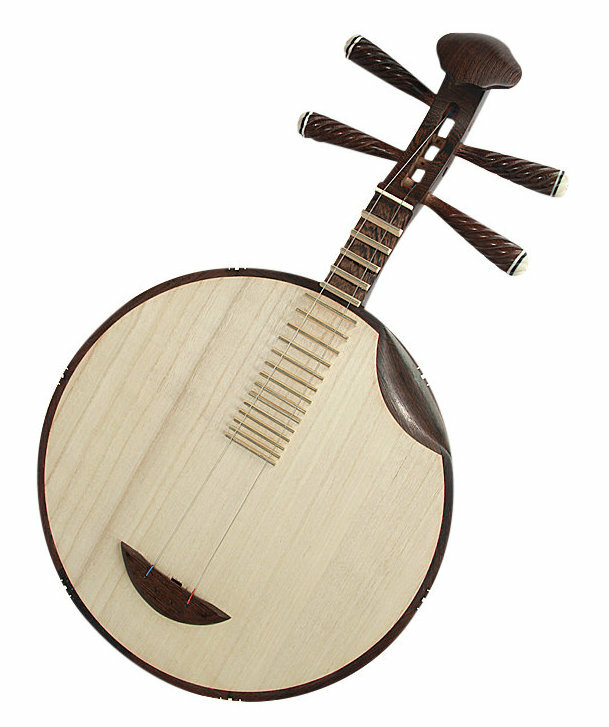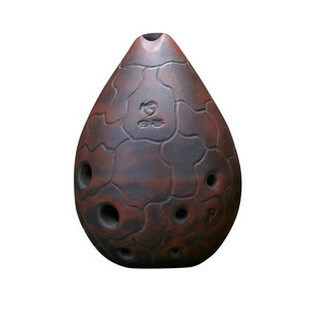10th May 2024
The breathing method of playing hulusi 葫芦丝吹奏的呼吸方法
Hulusi, also known as "Hulu Xiao", is a musical instrument of ethnic minorities in Yunnan, China. Hulusi has a unique and simple tone, with a simple and exquisite appearance that is easy to learn and loved by many people. Today we will talk about the breathing method of playing the hulusi. The breathing methods for playing hulusi can generally be summarized into three types: chest breathing, abdominal breathing, and chest abdominal breathing (mixed breathing method). Among them, mixed breathing is widely recognized as a scientific method. Its superiority lies in the coordinated movements of the entire respiratory muscle group, forming a holistic movement, resulting in a higher intake of breath, deeper breath, and easier control when exhaling.
Next, we will specifically introduce the mixed breathing method. Mixed breathing method, which includes both "inhalation" and "exhalation". When inhaling, relax all parts of the body and inhale simultaneously, taking care not to lift the shoulders or make any noise. Mixed breathing is the process of sucking air into the lower abdomen, between the chest and abdomen, and into the chest cavity. Lifting the shoulders can hinder the sinking of breath. Inhale as much air as possible, expand the lobes of the lungs, and naturally expand the middle, lower, and abdominal cavities outward to lower the diaphragm. After inhaling, the breath sinks, and both the abdomen and waist feel full of breath, while the chest feels more relaxed. The correct location for air storage should be the lower part of the chest and abdominal cavity. Therefore, when inhaling, the abdomen should not only not contract inward, but also slightly protrude outward, and the waist should also expand towards the surrounding area.
The practice of inhalation method is very important. The most commonly used technique in wind instruments is qi. If the qi is not used properly, not only will it not perform well, but it will also affect physical health. Here are several methods: 1. First, blow out all the breath in your chest and abdomen, and then inhale in a very relaxed state throughout your body. If there is a feeling of cold air entering the chest and abdominal cavity at this time, it indicates that the inhalation method and air storage location are basically correct. 2. You can also experience the inhaling movements of deep breathing after smelling the fragrance of flowers and vigorous exercise on your own. The inhalation during playing requires a large amount of air to be inhaled in a short period of time, so it is usually done simultaneously through the mouth and nose.
Then comes the practice of exhaling. When exhaling, it is required that the abdominal muscles, lumbar muscles, and diaphragm always have control, so that the breath can be exhaled out in a controlled and even manner. As the breath exhales, related muscle groups such as abdominal and lumbar muscles gradually contract, and the diaphragm also resets. It is particularly important to emphasize that when exhaling, do not immediately retract your abdomen. Because immediately contracting the abdomen will cause the abdomen to compress inward, forcing the previously lowered diaphragm to reset early, thereby squeezing the breath into the chest and increasing the burden on the chest. This not only hinders the control of exhalation speed, but also affects the performer's physical health over time. When about half of the breath is blown out, the abdomen will naturally draw in, and this exhalation process is quite correct. In short, the exhalation during playing must always be evenly conveyed under a certain pressure, and the breath must be stable and not strong or weak. To achieve this requirement, repeated practice is necessary.
Mastering and applying the correct breathing method is crucial for playing hulusi and other wind instruments, and must be highly valued by learners.















